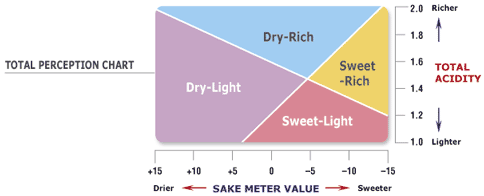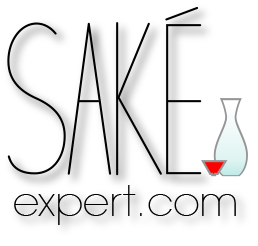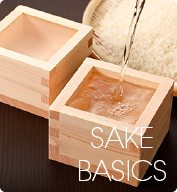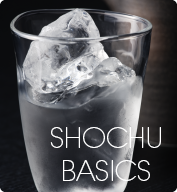SAKE TASTE AND SAKE SCALE
SAKE SCALE
Sake Scale is a combination of indicators that gives you an idea of what a sake tastes like as accurately and concretely as possible. As you find in the product pages on this site, each sake is assigned a barometer of acidity, alcohol percentage, and Sake Meter Value or Nihonshudo.
SAKE METER VALUE
Like wines, a sake can be defined either as dry or sweet as its basic characteristics. In Japan, Nihonshudo, or the Sake Meter Value, is often used to determine whether a sake is either dry or sweet, or in between, by measuring the amount of residual sugar and alcohol in it. In this measurement, water is given a value of ±0, and a sake with Sake Meter Value of ±0 should taste neutral, neither dry nor sweet. As shown in a figure below, a positive value means less residual sugar and therefore a drier sake. Likewise, a negative value indicates a sweeter sake.
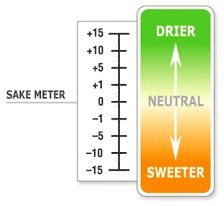
TOTAL PERCEPTION CHART
As reliable a Sake Meter Value would be, acids and other elements can mask the real residual sugar amount. For example, a higher level of acidity can make a sweet sake taste drier than it actually is. To give a more accurate evaluation of sake, therefore, total acidity is used as another indicator.
